Orion returned to an area where the Moon has the most gravitational pull over all other planetary bodies at 23:45 CET (22:45 GMT) on flight day 18, 3 December. Orion was flying at around 64 362 km from surface of the Moon when it entered the lunar sphere of influence.
Engineers performed a development flight test objective that changed the minimum jet firing-time for the reaction control thrusters over a period of 24 hours. This objective will test the reaction control system jets in sequence to model thruster firings that could be used in the Artemis II mission.
The reaction control system thrusters used for the tests are on the European Service Module and are built by ArianeGroup in Lampoldshausen, Germany along with the propellant tanks, pressure control system and more.
So far on the Artemis I mission, only the European Service Module reaction control thrusters have been used, but another set of 12 thrusters, built by Aerojet Rocketdyne, are located on the crew module. These crew module thrusters will be tested a few days before Orion’s splashdown on Earth as their primary role takes place in the final hour before splashdown in the Pacific Ocean.
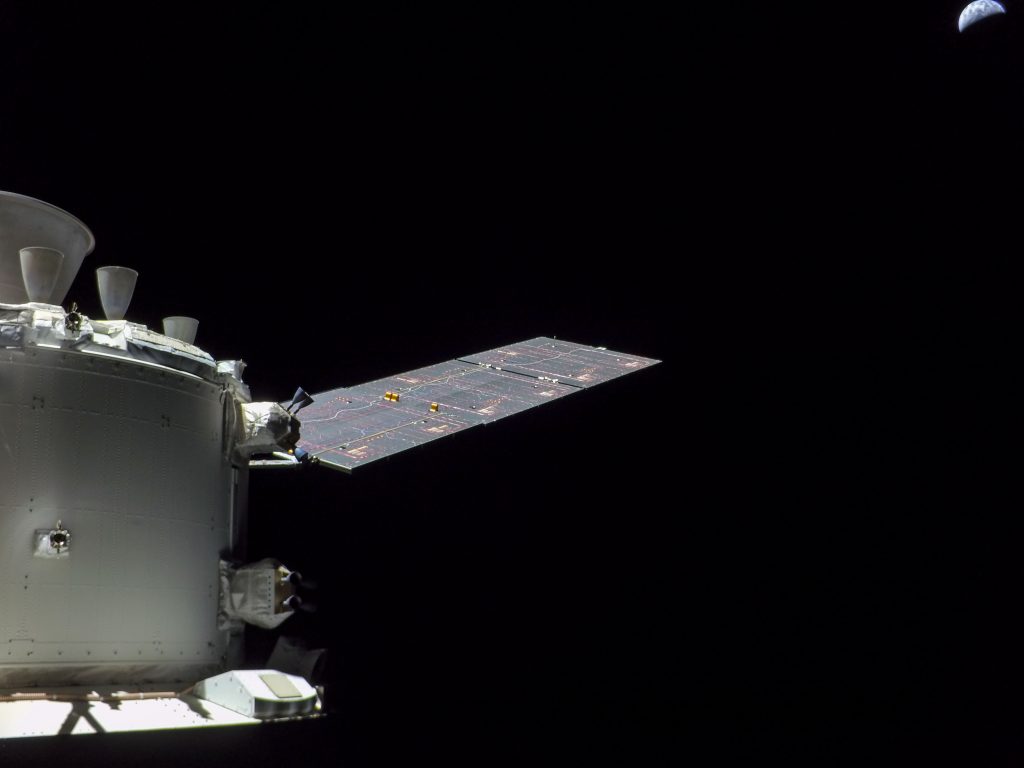
The crew module and the European Service Module separate a few hours before splashdown and the crew module’s thrusters are used to ensure the spacecraft is properly oriented for reentry, with its heat shield pointed forward, and stable during descent under parachutes. The European Service Module burns up harmlessly in our atmosphere, its job complete after sending the crew module to the Moon and delivering it back safely to Earth.
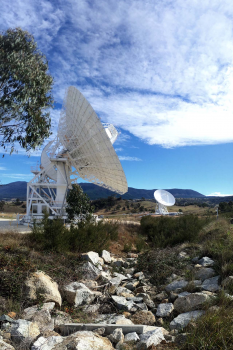
Orion will be out of communication with NASA’s Deep Space Network for about 4.5 hours from 02:40 CET (01:40 GMT) to 07:00 CET (06:00 GMT) on 4 December while network teams reconfigure ground stations. The flight control team has adjusted the activity timeline, and there is no impact to the mission’s trajectory. Automated commands will guide the spacecraft during this period, and Orion will reacquire signal as it passes within range of the Canberra ground station in Australia.
Just after 23:30 CET (22:30 GMT) on 3 December Orion was traveling 356 679 km from Earth and 64512 km from the Moon, cruising at 4469 km/h.
Images from the mission are available on NASA’s Johnson Space Center Flickr account and Image and Video Library. When bandwidth allows, live views from Orion are available.

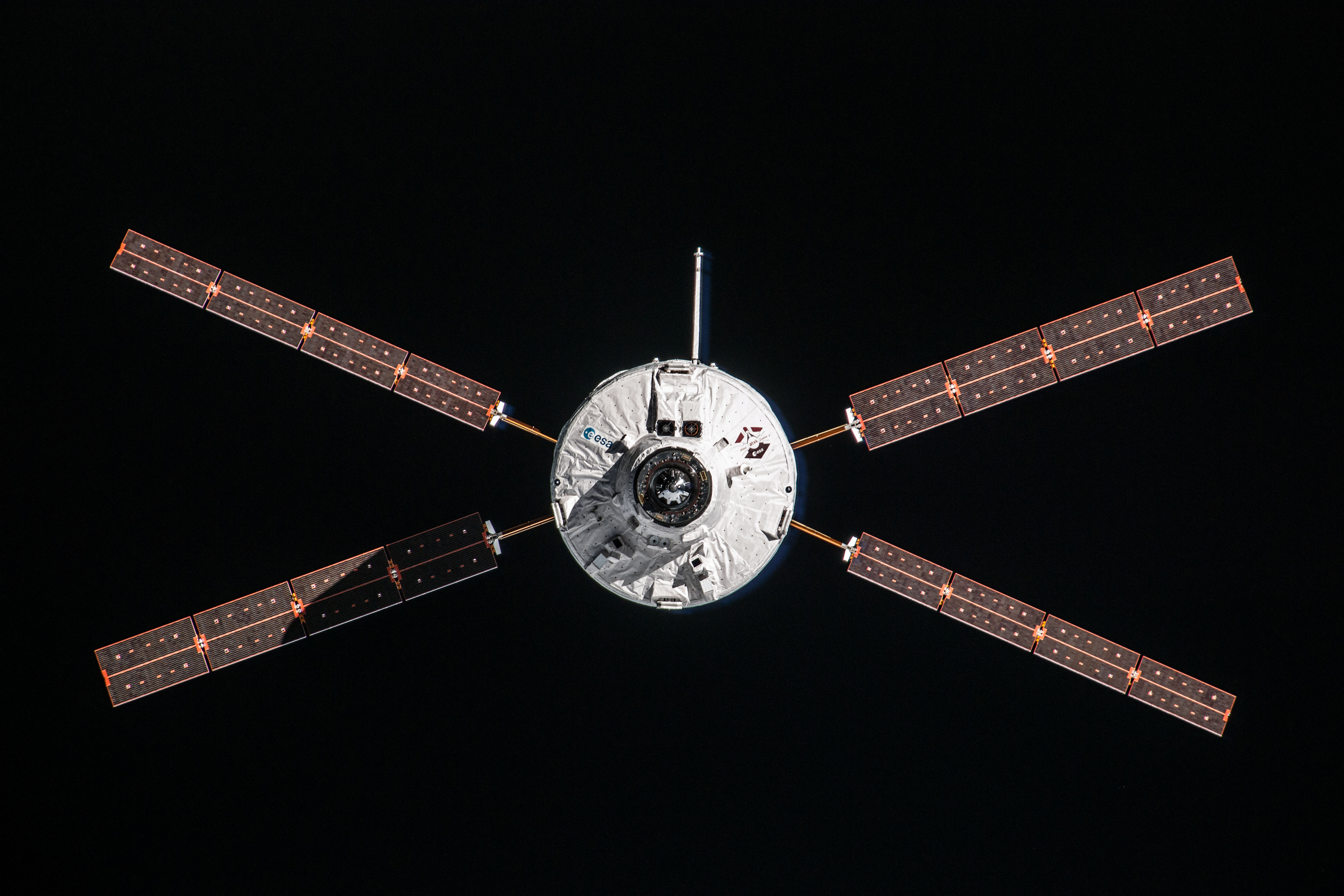 Automated Transfer Vehicle page
Automated Transfer Vehicle page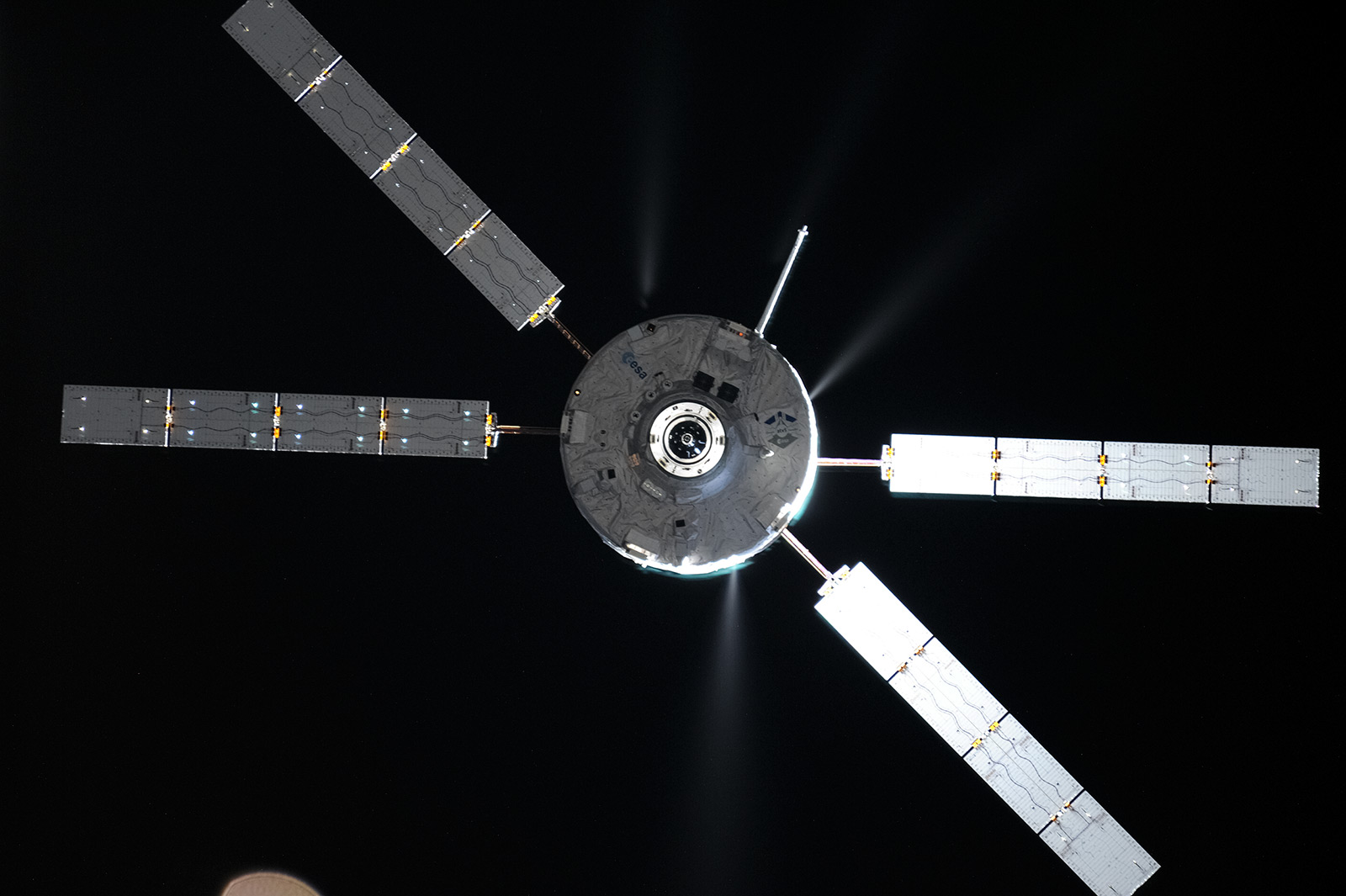 ATV blog archive
ATV blog archive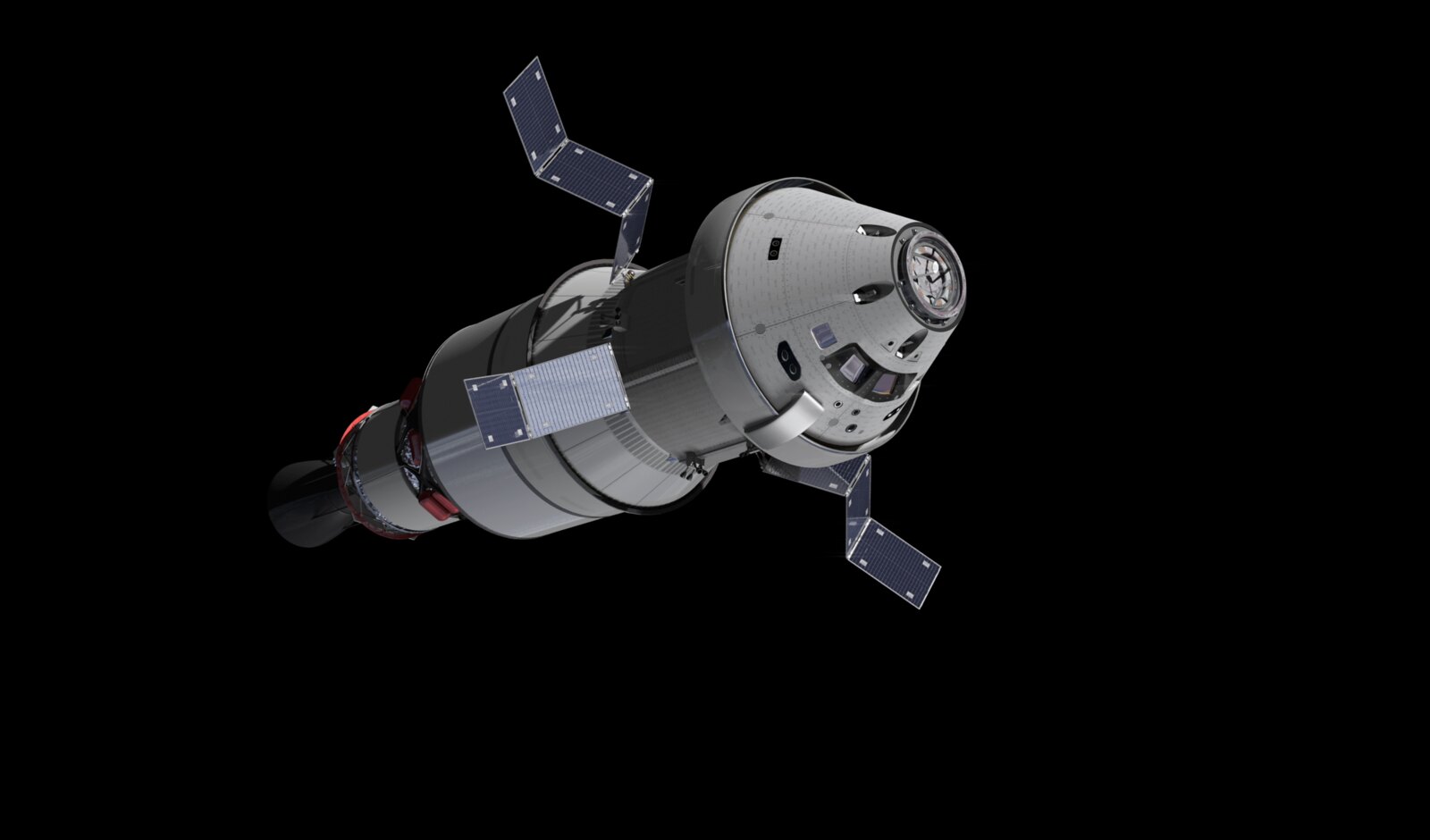
Discussion: no comments